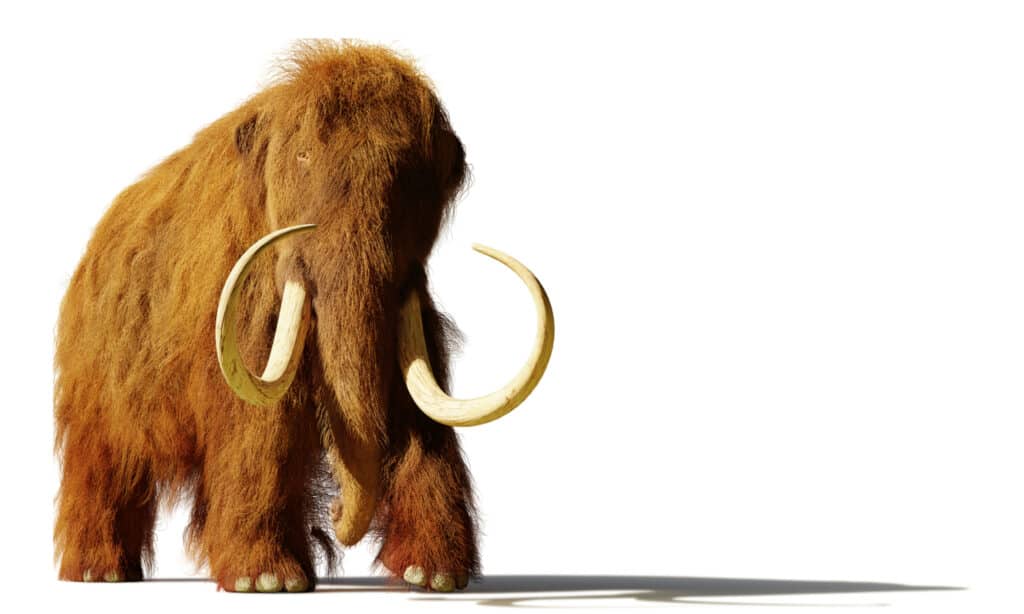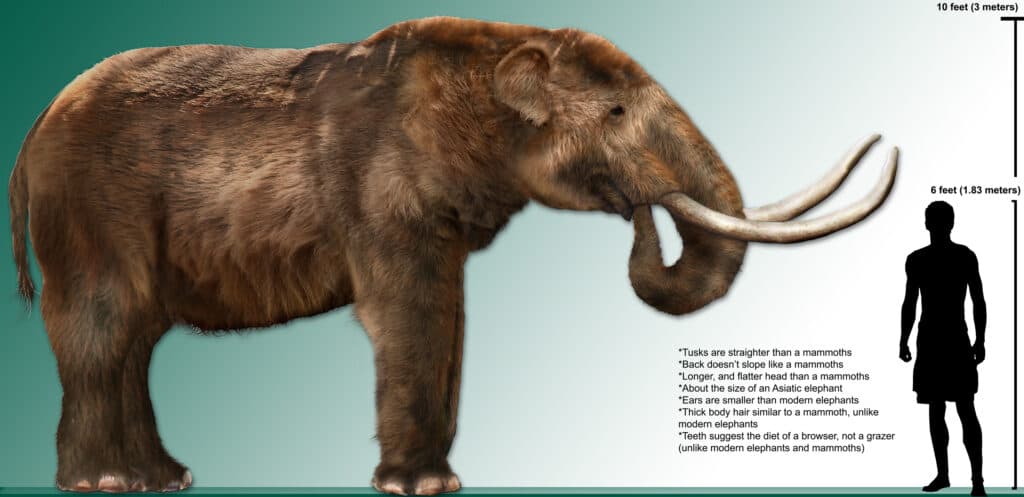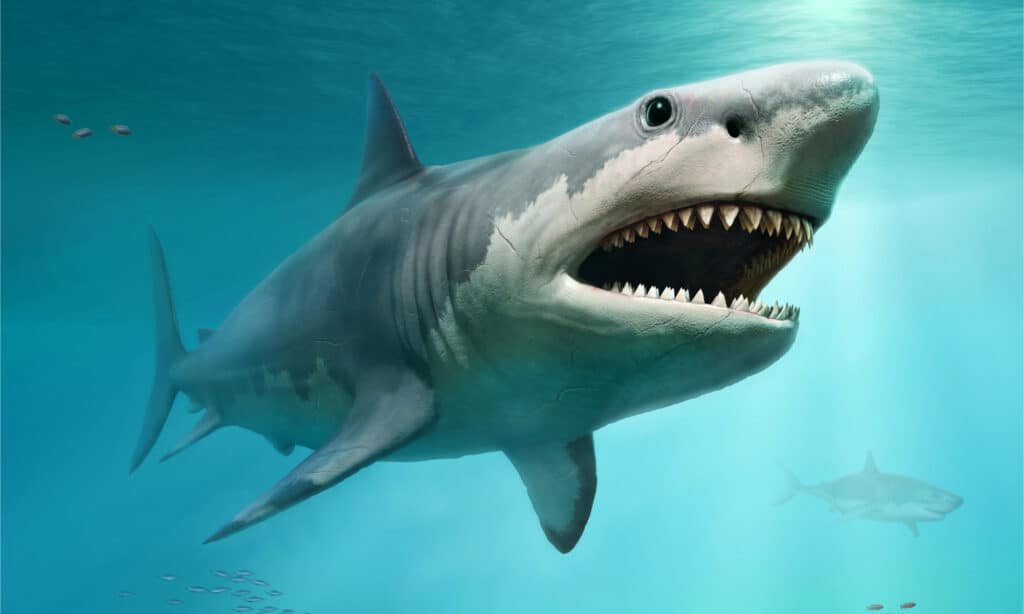The Neogene period follows the Paleogene Period in the Cenozoic Era. It has the Miocene and the Pliocene epochs. The Neogene period lasted for almost 20 million years. The evolution of birds and mammals continued until they achieved their modern appearances. Other groups of animals remained the same.
What are the important things to know about the Neogene period? Let’s review the following information to learn more about the animals, facts, and major events during this time.
Terrestrial and Marine Life of the Neogene
The climate changes in the Neogene gave the Earth its savannahs and prairies. Because of the grasslands, ungulates developed. Prehistoric camels and horses evolved. Rhinoceroses, deer, and pigs also emerged. The interchanges of mammalian species almost ended the marsupial megafauna of South America.
The birds of the Neogene period were gigantic. Flying and flightless species dominated the land and air because of their size and weight. Neogene also ended the terror birds from Australia and South America. These powerful predators were completely eliminated as the Pleistocene began. By the end of the Neogene, most modern avian orders gained proper representation.
Gigantic crocodiles dominated a large portion of the Neogene period. Enormous prehistoric turtles and snakes were the results of continuous evolution. They kept on growing when the Pleistocene epoch began.
Prehistoric whales only began to live completely in water during the Neogene period. The evolution of walruses and seals also began during this time. Dolphins started to appear as well. Prehistoric sharks remained at the top of the ocean’s food chain.
The Facts
Animals and plants were already in their modern forms at this time. Birds and mammals were the dominant vertebrates on land. These animals had various forms. They needed to develop specialized traits to adapt to different environments.
The cooler climate gave way to the grasslands and deciduous plants. The grasses developed different species, which brought on different grazing animals. Bison, horses, and antelope were some of the grazers that still exist today.
There were land connections among continents during the Neogene period. This gave all of the animals valuable access to new territory. Apes and elephants made their way from the African continent to Eurasia. Rhinos, pigs, rabbits, and saber-toothed felines traveled to Africa. Rhinos and elephants crossed the Bering Strait to reach North America. Raccoons and horses went to the south.
The grass-eaters developed a strong enamel layer on their teeth. Their stomachs can digest the cellulose in grass. Many of these grazers started to develop exceptional speed. They also began to see strength in great numbers. This forced the predators to evolve as well. Each grazer has its own set of predators.
African and Asian apes diversified as well millions of years later. Hominins changed from the chimpanzees. They started walking on two feet, so they left the trees. Hominins started to use tools and carry food in their hands.
In many ways, these developments were the crucial early stages of human life as we know it. Walking allowed hominins to scan the horizon for predators and easy prey, and tool use continued the evolutionary leap of improved item grasping and object manipulation. Leaving the trees enabled them to increase the range of food searching and dietary variety.
Kelp started to grow in the oceans. This is a type of brown algae that attached to corals and rocks in shallow and cool waters. Kelp gave dugongs and sea otters an ideal habitat. The oceans were dominated by a gigantic shark species called the Megalodon, which was about 50 feet long.
The Major Events
The most significant event of the Neogene period was the evolution of hominids and apes. The Miocene epoch paved the way for hominids to live in Eurasia and Africa. Most of the hominids started to move to Africa during Pliocene. These events led to the evolution of the first humans.
Land bridges formed between North America and Eurasia, as well as between Eurasia and Asia. This happened because the sea levels dropped. The Neogene also started the cooling and drying of the global climate. The north and south poles had thick and large ice caps by the end of the Neogene. This opened the Pleistocene Period, which is also known as the Ice Age.
The Miocene Epoch
This is the longest epoch of the Neogene period. The Northern Hemisphere developed grasslands. The different types of grass sustained different new mammals. Horses moved out of the meadows and forests to the grasslands. The first kelp forests started to appear.
The new circulation in the oceans started in the Northern Hemisphere. This supported the spread of new marine mammals, such as sea cows, seals, baleen whales, sea lions, and walruses. The non-mammalian predators like the Megalodon and marine crocodiles. The invertebrates in the ocean back then were like the ones we have today. Below are some of the animals that existed during the Miocene epoch:
- Moropus—a clawed prehistoric herbivore.
- Daphoenodon dogs—possessed the traits of feline and canine predators.
- Merychyus—ruminant oreodonts.
- Parahippus—prehistoric horses.
- Promerycocherus—hippopotamus-like artiodactyl.
- Daeodon—large pig-like predator or scavenger.
The Pliocene Epoch
During this time, the Mediterranean Sea was full of chaos. The Mediterranean basin closed because the Eurasian and African continents collided. It dried up and changed into grasslands. The barrier on the west was penetrated by the waters of the Atlantic Ocean. The formation of the Panamanian bridge happened between the South and North Americas. This gave way to the exchange of terrestrial animals. This was known as the Great American Faunal Interchange.
Marsupials, giant ground sloths, and armadillos migrated north. Camels, dogs, cats, bears, and dogs traveled south. A large number of species in South America became extinct and were replaced by northern species. Below are some of the animals that existed during this epoch:
- Amebelodon—an animal that has flat lower tusks that look like shovels.
- Teloceres—extinct rhinoceros.
- Cranioceras—deer-like artiodactyls with many horns.
- Synthetoceras—artiodactyls whose snouts had large forked horns.
- Ceratogaulus—horned rodent.
After the Neogene
Hominins kept on evolving after the Neogene period. The modern human species evolved during the Pleistocene Epoch. This was when the first human migrations happened out of the African continent. About 20 glaciation cycles happened during this time. Some of these glaciations covered about 30% of the planet’s surface.
Known as the Ice Age, the Pleistocene had huge ice sheets. These ice formations stored so much water that the ocean water levels dropped by 140 meters. Many of the large prehistoric mammals died off before the end of the Pleistocene.
Well-Known Animals of the Neogene
The Neogene period gave birth to three commanding animals—the mammoth, the mastodon, and the Megalodon. Many motion pictures have depicted these enormous animals. Through these visual interpretations, people have acknowledged just how significant the Neogene period was. Here are more important details about these giants:
Mammoths
These gigantic creatures lived in Africa. Then, they disappeared about three or four million years ago. Mammoths grew to a height of 13 feet and weighed seven tons. Males and females both had curving, extended tusks. They had a significant downward slope to the back because of the longer front legs.
Mammoths lived in the northern hemisphere. Some scientists believe that these majestic animals died because of the drastic climate change or disease that lowered their productivity. Others claim that they were hunted to extinction. These huge creatures browsed grasses, shrubs, and trees.
Studies show that mammoths were similar to modern elephants when it comes to eating. What mammoths consumed must be so much more than what modern elephants eat and drink. These giants ate rushes, grasses, and sedges. These include 5% fruits, wood, water birch, blue spruce, cactus fragments, and sagebrush wood.

Mammoths grew to a height of 13 feet and weighed seven tons and both sexes had had curving, extended tusks.
©Dotted Yeti/Shutterstock.com
Mastodons
These giants were smaller than mammoths, nearly the size of modern elephants. Their elongated tusks were more parallel and straighter. Their legs were shorter and their bodies longer. The shape of their teeth was different than that of mammoths. Their teeth were more cone-like and blunt, meant for browsing.
Mastodons were herbivores. They used their teeth to crush trees, shrubs, twigs, and leaves. They often consumed plants that thrived near wetlands and swamps. Mastodons used their tusks to strip trees of their bark. They also used their tusks to achieve dominance over other mastodons. Like modern elephants, they would have received prolonged parental care.

Mastodon’s teeth were cone-like and blunt, meant for browsing.
©CC BY 3.0 / Dantheman9758 – License
Megalodon
This scary giant shark weighed as much as 30 large great whites and reached up to 60 feet in length. These giant sharks lived through the drastic environmental changes on the planet. They stayed in the ocean and thrived. The Megalodon, or megatooth, ruled the oceans from 17 million to about three million years ago. Scientists believe that this gargantuan shark ate about 2,500 pounds of food each day.
The Megalodon’s mouth was enormous. Its jaws allowed it to swallow two human adults standing next to each other. Each tooth was about as big as a large banana. It easily chomped down prehistoric smaller sharks, dolphins, whales, and seals.

Megaladon weighed as much as 30 large great whites, reached up to 60 feet in length, and ate 2,500 pounds of food each day!
©Warpaint/Shutterstock.com
Conclusion
The Neogene period is one of the phases of the Cenozoic Era. This is an important part of the planet’s evolution. It has two main epochs that initiated the evolution of many modern animals. The land bridges of this period brought land masses together. This made various species move to different locations that had different sources of food.
The land and ocean giants ruled this period. The Neogene is an indispensable period because of the crucial events that happened during this time. The most important of these events is the evolution of the hominins, which started the evolution of the modern man.
Up Next:
- How Old is the Oldest Neanderthal? How far back do you think the Neanderthal existed? Read on!
- The Jurassic Period: Animals, Plants, and When It Happened Neogene not your cup of tea? Find out what the Jurassic Period was really all about. The answers may surprise you!
- Did Humans Live With Dinosaurs? Did mankind ever actually see a dino in real life? Let’s see what the science tells us!
The photo featured at the top of this post is © Dotted Yeti/Shutterstock.com
Thank you for reading! Have some feedback for us? Contact the AZ Animals editorial team.






